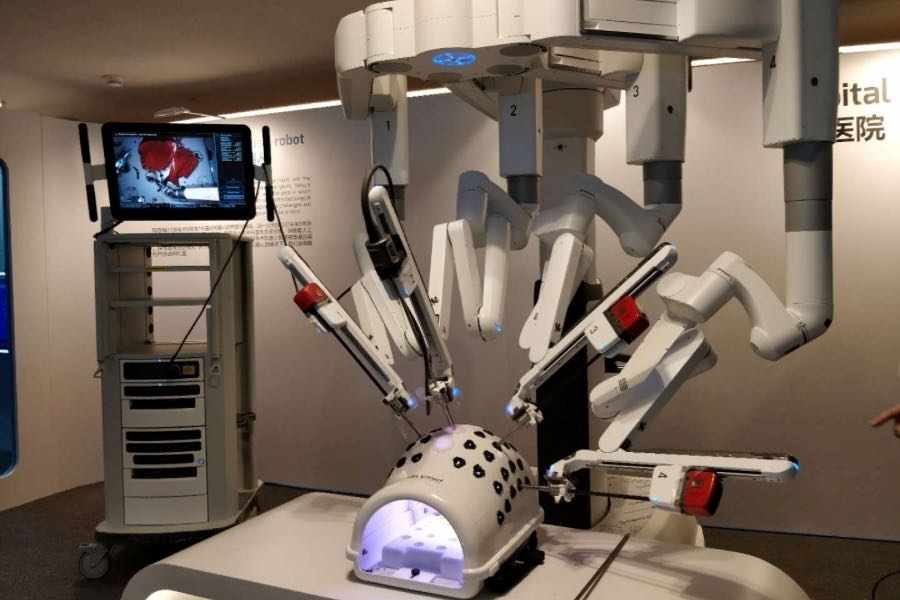
The global robotic medical imaging industry is witnessing accelerated innovation driven by technological advancements and growing demand for precision diagnostics. Businesses are increasingly investing in robotic systems to enhance imaging capabilities, signaling robust shifts in market dynamics and competitive landscapes.
Market Size and Overview
Global robotic medical imaging market size is estimated to be valued at US$ 10.0 Bn in 2025 and is expected to reach US$ 32.52 Bn by 2032, exhibiting a compound annual growth rate (CAGR) of 14.0% from 2025 to 2032.
The Global Robotic Medical Imaging Market Growth is propelled by rising integration of AI and robotics in diagnostic procedures, which is transforming operational efficiency. Expanding applications across oncology, cardiology, and orthopedics further augment the market scope, highlighting emerging market segments catering to outpatient and hospital settings. These market insights emphasize significant market growth strategies adopted by leading market players to capture increasing demand.
Current Events & Its Impact on Market
I.
- Regulatory Advancements in Medical Robotics – EU MDR Implementation (Macro-level Event)
Potential impact on Market: Enhanced compliance requirements across Europe lead to refinement in product design and testing by key market companies, increasing time-to-market but improving safety profiles and market acceptance.
- Technological Integration of AI-powered Imaging Diagnostics (Nano-level Event)
Potential impact on Market: Real-world adoption by Siemens Healthineers AG with AI embedded imaging systems improves diagnostic accuracy, driving higher market revenue and competitive differentiation.
- Shift in Healthcare Budgets Post-Pandemic (Regional Event - North America)
Potential impact on Market: Increased government spending on healthcare infrastructure fuels procurement of robotic medical imaging devices, expanding industry size and market share for regional players.
II.
- US-China Trade Tensions Affecting Component Supply (Macro-level Event)
Potential impact on Market: Disruptions in semiconductor and sensor supplies cause delays and increase costs for medical robotics manufacturers, affecting market growth and revenue forecasts.
- Adoption of Remote Imaging Technologies in Asia-Pacific (Regional Event)
Potential impact on Market: Telemedicine expansion accelerates demand for robotic imaging devices in emerging markets, representing high market opportunities despite logistical challenges.
- Innovation Grants and Public-Private Partnerships in Robotics (Nano-level Event)
Potential impact on Market: Joint initiatives, such as those involving Medtronic plc, stimulate innovation cycles, driving market trends toward minimally invasive and precision imaging solutions.
Impact of Geopolitical Situation on Supply Chain
The intensifying US-China trade tensions in 2024 significantly impacted the supply chain of the Global Robotic Medical Imaging Market. For instance, key imaging components such as high-precision sensors and microprocessors faced export restrictions and increased tariffs, causing procurement delays for manufacturers like Intuitive Surgical, Inc. This forced regional diversification of suppliers, increased production costs, and resulted in staggered product launches, impacting overall market growth. Such geopolitical constraints highlighted the vulnerability of supply chains within this industry, emphasizing the need for strategic resilience and local sourcing initiatives to sustain market revenue and business growth.
SWOT Analysis
Strengths
- Advanced robotic systems enhance diagnostic precision and reduce human error, driving market share growth.
- Integration of AI with imaging robots accelerates innovation, creating significant differentiation among market players.
- Increasing adoption in minimally invasive surgical procedures supports consistent market revenue streams.
Weaknesses
- High initial capital expenditure restricts adoption in low-income regions, limiting overall market scope.
- Complex regulatory environments, notably in Europe and North America, delay product approvals and launch schedules.
- Dependence on technology-intensive components subject to supply chain risks.
Opportunities
- Growing healthcare infrastructure investments in Asia-Pacific present lucrative market opportunities.
- Expansion of telemedicine and remote diagnostics fosters new market segments for robotic medical imaging.
- Public-private partnerships and government grants stimulate accelerated R&D and commercialization.
Threats
- Geopolitical tensions and trade restrictions disrupt component availability and inflate costs.
- Emerging cybersecurity concerns related to AI-driven imaging systems may restrain market growth.
- Intense competition from regional and smaller players triggers pricing pressures, impacting profit margins.
Key Players
- Intuitive Surgical, Inc.
- Accuray Incorporated
- Zimmer Biomet Holdings, Inc.
- Siemens Healthineers AG
- Medtronic plc
- Canon Medical Systems Corporation
- GE Healthcare
- Philips Healthcare
- Stryker Corporation
- Varian Medical Systems, Inc.
- Shimadzu Corporation
- Hologic, Inc.
In 2024, Siemens Healthineers AG expanded its AI-enabled robotic imaging portfolio via strategic technology partnerships, enhancing diagnostic accuracy and expanding market share in Europe. Similarly, Medtronic plc invested heavily in R&D toward integration of robotic imaging in minimally invasive procedures, contributing to a 12% revenue increase in 2025. Additionally, Intuitive Surgical, Inc. launched next-generation surgical imaging robots, resulting in improved market penetration and business growth across North America.
FAQs
1. Who are the dominant players in the Global Robotic Medical Imaging Market?
The dominant market players include Intuitive Surgical, Inc., Accuray Incorporated, Zimmer Biomet Holdings, Inc., Siemens Healthineers AG, and Medtronic plc, consistently innovating through technology partnerships and advanced product launches.
2. What will be the size of the Global Robotic Medical Imaging Market in the coming years?
The market is forecast to grow from USD 13.00 billion in 2025 to USD 32.52 billion by 2032, with a CAGR of 14%, driven by rising demand for precision diagnostic solutions.
3. Which end user industry has the largest growth opportunity in robotic medical imaging?
Oncology and minimally invasive surgery sectors represent the largest market opportunities due to the increasing need for precise imaging systems in treatment planning and execution.
4. How will market development trends evolve over the next five years?
Integration of AI-enabled diagnostics, expansion into telemedicine, and enhanced regulatory compliance will shape market trends, fostering innovation and expanded market reach.
5. What is the nature of the competitive landscape and challenges in the Global Robotic Medical Imaging Market?
Competition is intense with emphasis on technological innovation and strategic investment. Challenges include regulatory hurdles, high costs, and supply chain vulnerabilities.
6. What go-to-market strategies are commonly adopted in the Global Robotic Medical Imaging Market?
Key strategies include strategic partnerships for AI integration, regional supply chain diversification, and targeted investments in emerging markets to maximize market revenue and business growth.
‣ Get more insights on : Global Robotic Medical Imaging Market
‣ Get this Report in Japanese Language: 世界のロボット医療画像市場
‣ Get this Report in Korean Language: 글로벌로봇의료영상시장
Author Bio:
Money Singh is a seasoned content writer with over four years of experience in the market research sector. Her expertise spans various industries, including food and beverages, biotechnology, chemical and materials, defense and aerospace, consumer goods, etc. (https://www.linkedin.com/in/money-singh-590844163 )



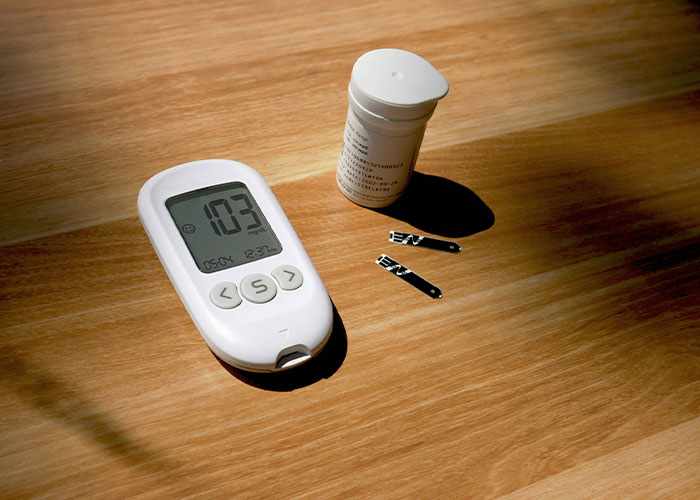






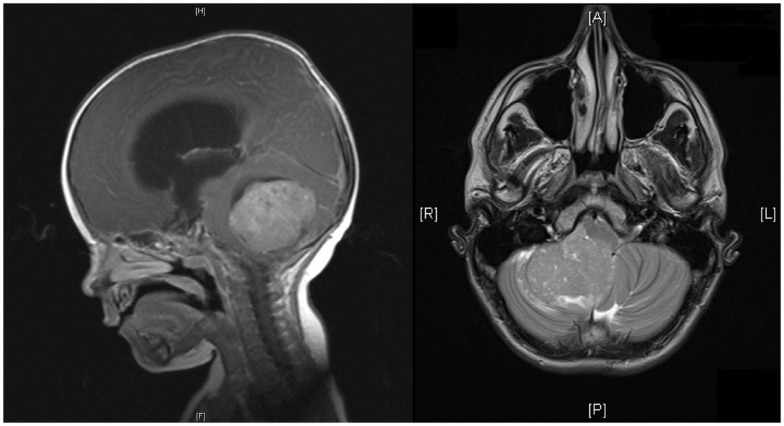
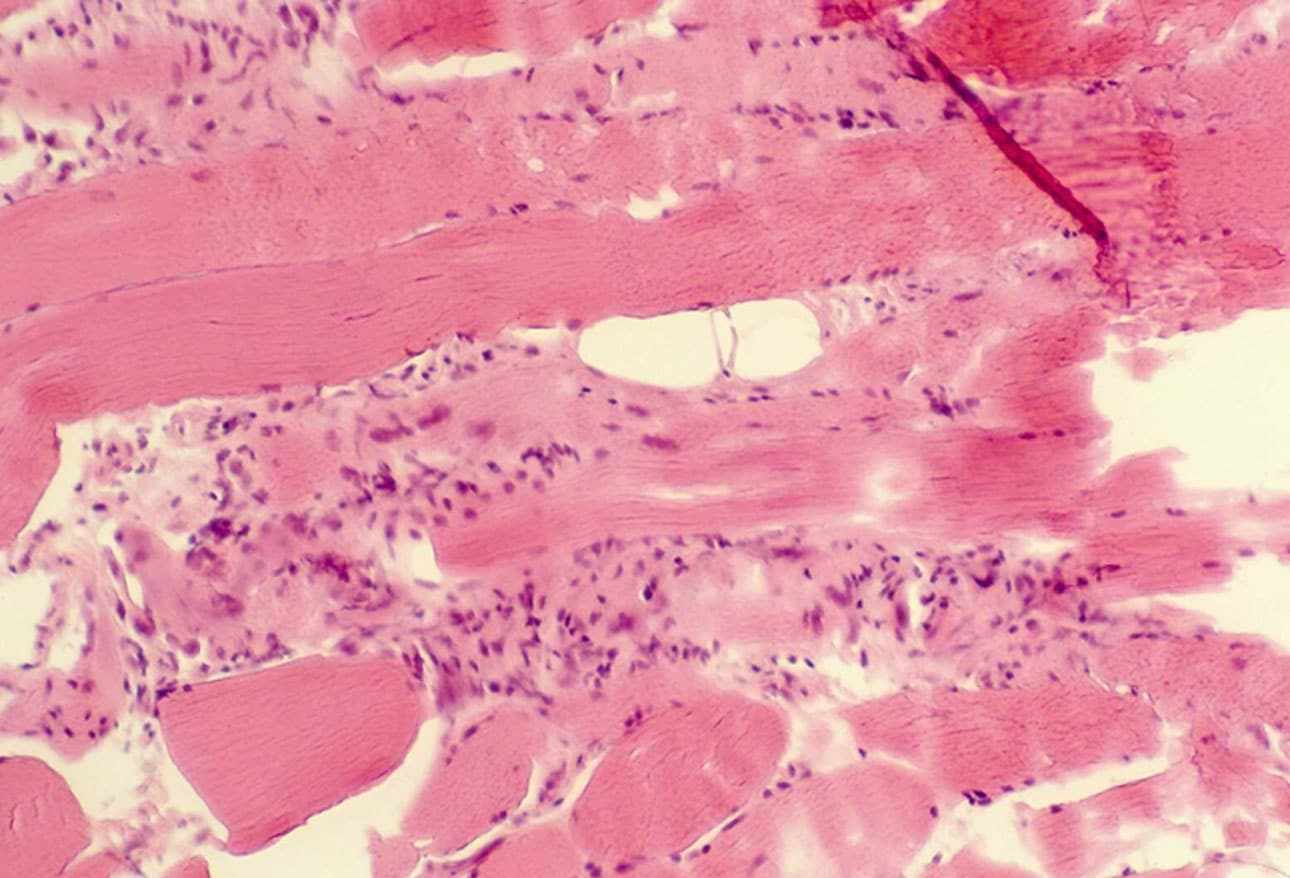

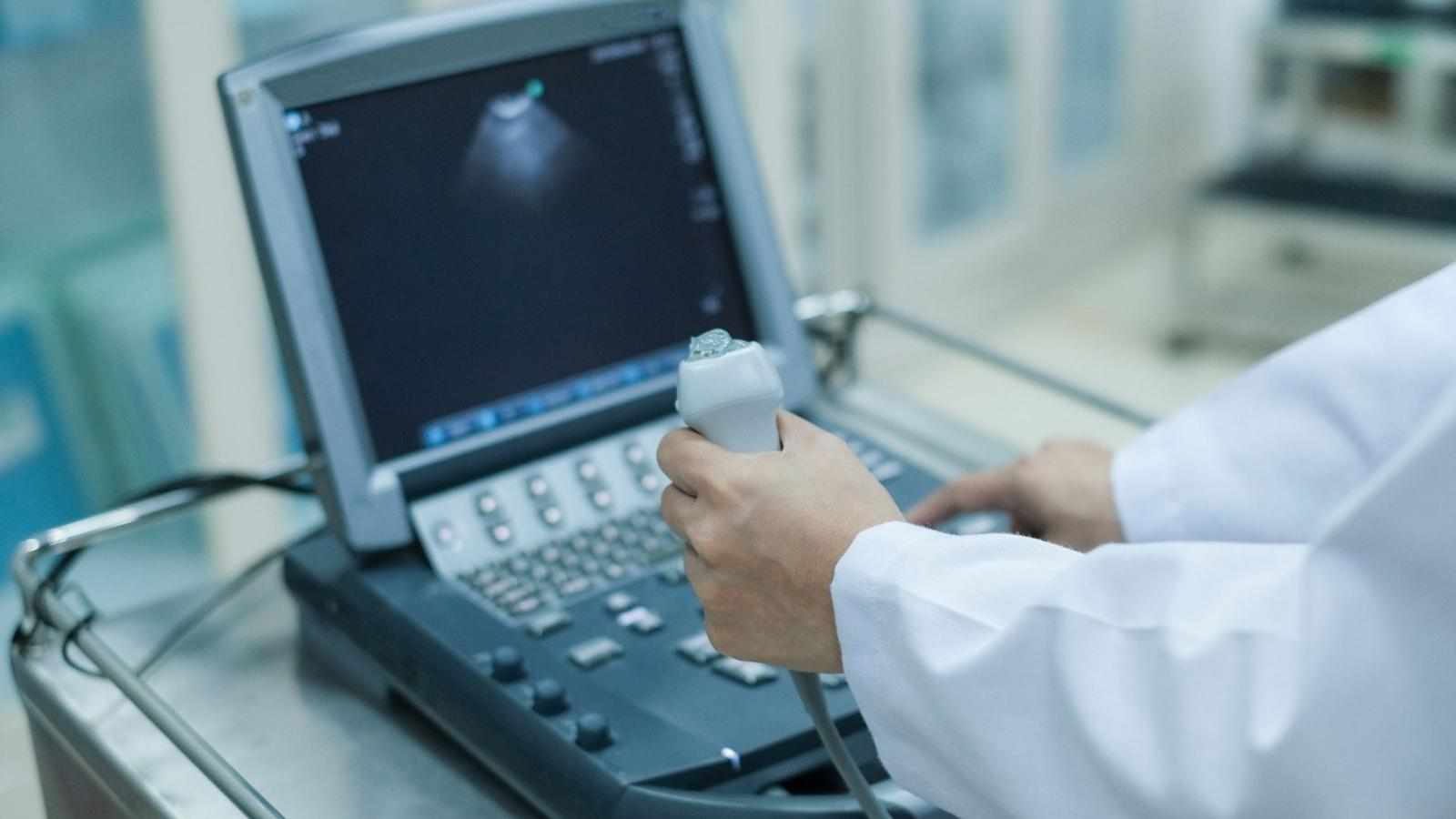
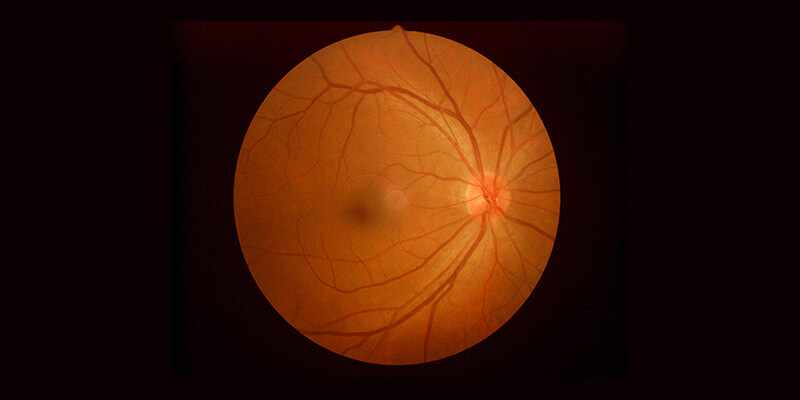

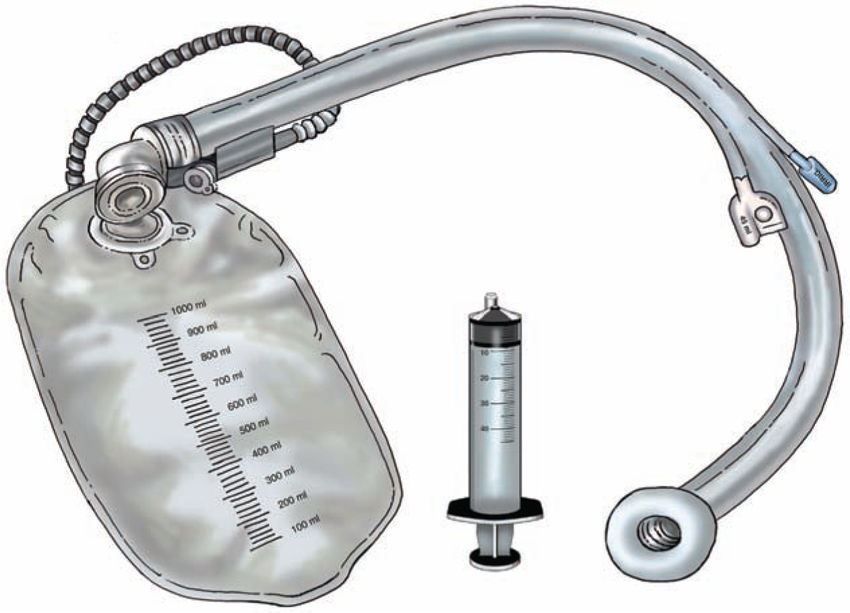

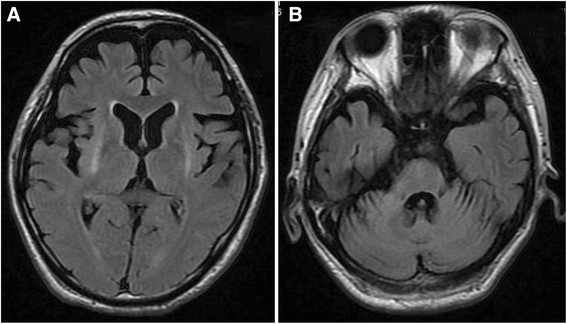
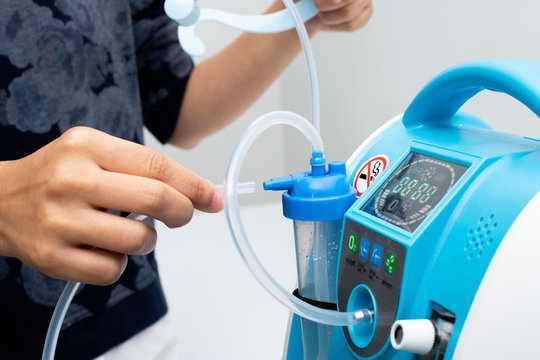
Write a comment ...